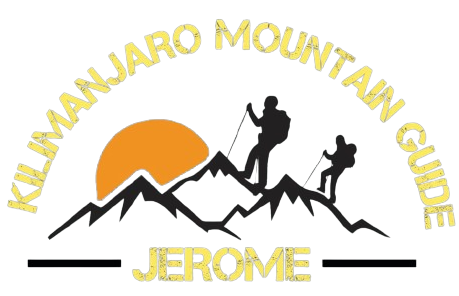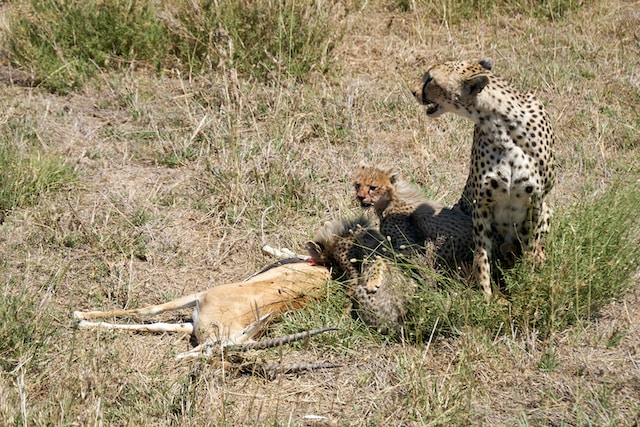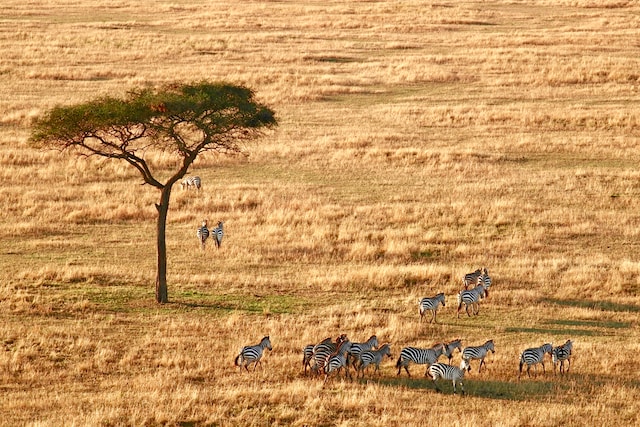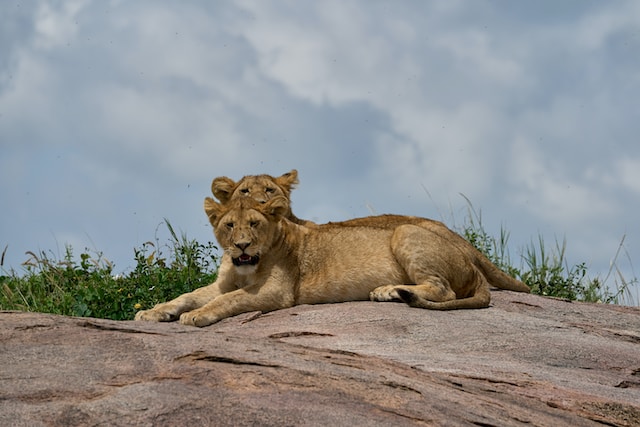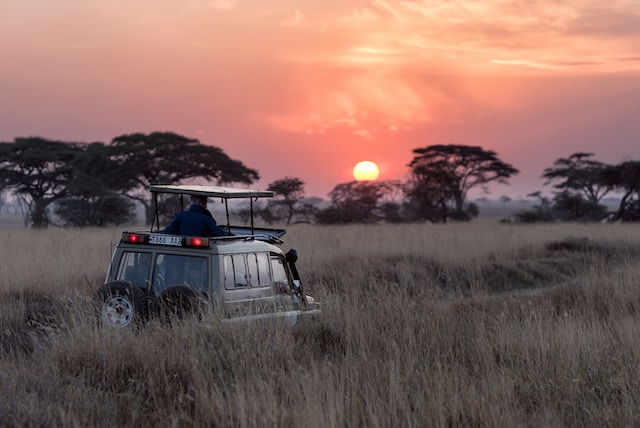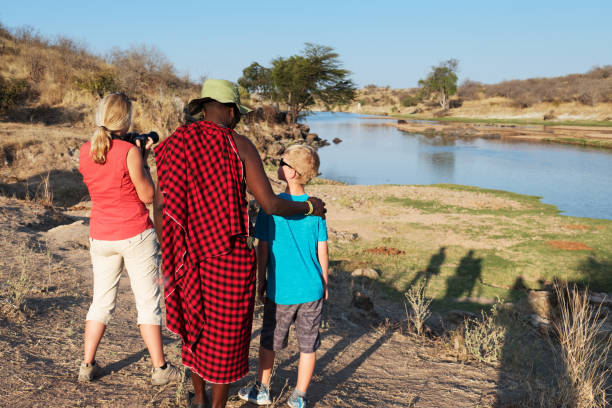- Home
- Safaris
- Tanzania Lodge Safari
- Tanzania Camping Safari
- Serengeti Migration Safari
- Tanzania Family Safari
- Tanzania Honeymoon Safari
- Tanzania Walking Safari
- Best Tanzania Day Trips
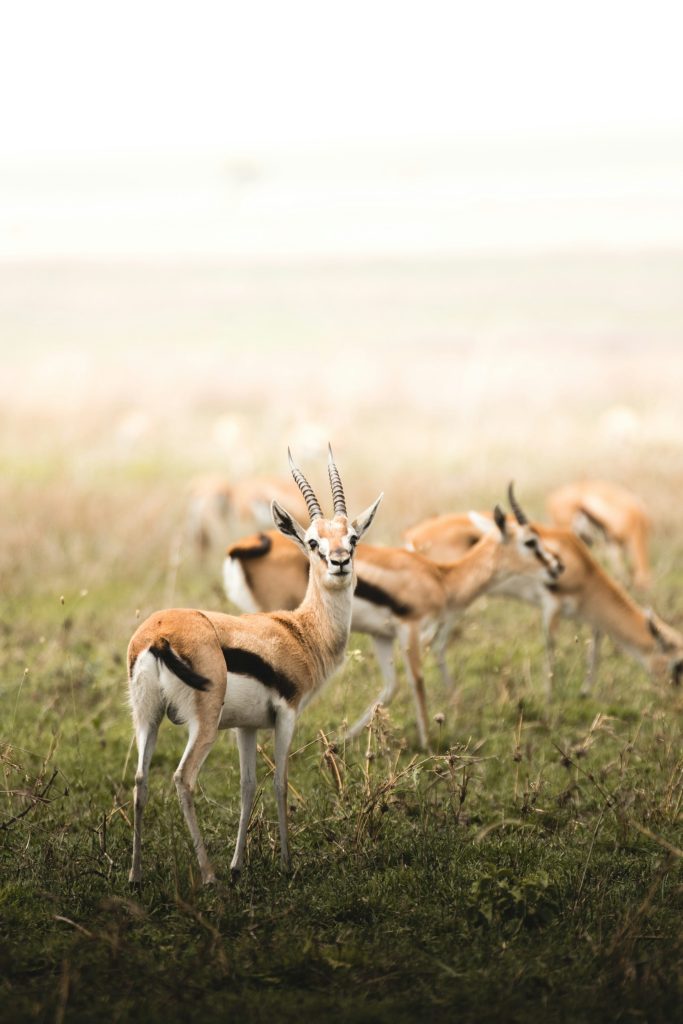
- Kilimanjaro
Kilimanjaro Packages
- Machame Route 6 Days
- Machame Route 7 Days
- Marangu Route 6 Days
- Lemosho Route 7 Days
- Lemosho Route 8 Days
- Rongai Route 7 Days
- Northern Route 9 Days
- Kilimanjaro Joining Group Dates
- Kilimanjaro Full Moon Climbs
Kilimanjaro Tips
- Zanzibar
- About us
7-Day Machame Route
The standard Machame Route takes 6 or 7 days to complete. but some operators offer a 7-day variation for better acclimatization and increased chances of reaching the summit.
Price
From $1820
Tour Overview
A 7-day Machame Route itinerary allows for better acclimatization compared to shorter routes. It provides more time for your body to adjust to the altitude, increasing your chances of reaching the summit.
The 7-day Machame Route is one of the trekking routes to the summit of Mount Kilimanjaro in Tanzania. It is known for its scenic beauty and offers a good balance between difficulty and success rates for climbers. The standard duration for the Machame Route is usually 6 to 7 days, with 7 days being the most common and recommended option for acclimatization.
Here’s a general itinerary for the 7-day Machame Route:
Day by day
Group Price For 7-Day Machame Route:
- The price per person for group expeditions are fixed based on a group size. However, we have optional arrangements for individual private and tailor-made preferences best suited for you, your family and friends.
- All prices are based on shared accommodation. Please inquire for a 1 guest private room accommodation quote
- Prices listed are not final. Please inquire for your final price quote.
[ninja_tables id="3077"]
7-Day Machame Route Inclusions and Exclusions
When planning a Kilimanjaro trekking expedition, it’s crucial to understand what is included and excluded in the 7-Day Machame Route package offered by us. While the specific inclusions and exclusions can vary from one tour operator to another, here are some common points to consider:
- Inclusions:
- Permits and Fees: The cost of permits and entrance fees to Kilimanjaro National Park are usually included in the package. This includes park fees, camping fees, and rescue fees.
- Guides and Porters: The cost typically includes fees for experienced guides, porters to carry equipment, and cooks for preparing meals during the trek.
- Meals: Most packages include meals throughout the trek. This includes breakfast, lunch, and dinner. Special dietary requirements can often be accommodated with prior notice.
- Water: Purified water is often provided. It’s essential to stay hydrated during the trek, and the guides will ensure you have access to clean water.
- Camping Equipment: Tents, sleeping bags, and sleeping mats are usually provided as part of the package. Sometimes, trekking poles are also included.
- Transportation: Transfers to and from the Kilimanjaro International Airport to the Hotel also include transfers to the starting point of the trek (and back).
- Safety Equipment: The cost may cover items like oxygen tanks, first aid kits, and emergency communication devices for safety purposes.
- Briefings and Preparations: Pre-trek briefings and orientations are provided to ensure trekkers are well-prepared.
- Exclusions:
- Flights: International flights to and from Tanzania are not typically included in the trekking package.
- Visa Fees: The cost of obtaining a Tanzanian tourist visa is usually not included.
- Travel Insurance: It’s highly recommended to have travel insurance that covers trekking activities. This is usually not included in the package, and you need to arrange it separately.
- Tips: Tips for guides, porters, and other trekking staff are not included in the package cost. Tipping is a common practice and an important part of the trekking culture on Kilimanjaro.
- Equipment Rental: If you need to rent specific trekking gear (like down jackets, trekking poles, etc.), this is usually an additional cost.
- Medical Expenses: Any medical expenses incurred during the trek are typically not covered. It’s essential to have comprehensive travel insurance that includes medical coverage.
- Additional Accommodations: If you need extra nights in a hotel before or after the trek, these costs are usually not included.
- Personal Expenses: Expenses for items such as souvenirs, additional snacks, and other personal items are not included.
The Best Time to Climb the Machame Route
The Machame Route is one of the most popular routes for climbing Mount Kilimanjaro in Tanzania. While it’s possible to climb this route year-round, there are certain times of the year that are generally considered the best for climbing, taking into account weather conditions and crowd levels:
- January to March: This period is considered a good time to climb the Machame Route. The weather is relatively dry, and there are fewer climbers on the trail compared to the peak tourist season.
- June to October: These months are part of the dry season in Tanzania and are the most popular times to climb Kilimanjaro. The weather is generally clear, and there is a lower chance of rain. July to September, in particular, are excellent months for climbing due to the mild and dry conditions.
- December: Early December can also be a good time for climbing before the short rains start. However, it’s essential to check the weather forecast and be prepared for possible rain.
- 4. April and May: These months constitute the long rainy season in Tanzania. Climbing during this time is challenging due to heavy rainfall, muddy trails, and slippery conditions. It’s not recommended for inexperienced climbers.
While these months are considered the best for climbing Machame Route, it’s essential to be prepared for varying weather conditions, including cold temperatures and high altitudes. It’s advisable to plan your climb well in advance, obtain proper gear, and consider acclimatization days to increase your chances of a successful summit.
Book Climb Marangu Route 6 DAYS
We would like to work with you
